Well, it’s your best choice to do business in Australia and it can be very beneficial experience for Saudi businesspersons if they can adapt the culture diversity!
Australia is considered one of the most culturally diverse countries across the globe, It has always been a welcoming country for business people, students, immigrants and tourists from all over the world. The main concept of cultural Diversity is Accepting and respecting the differences among diverse culture of others. Below the main characteristics of Australia’s cultural diversity.
1. Ethnic Groups

Comparing Australia with Middle Eastern countries (Eg: Saudi Arabia), Population in Australia is much more diverse. In 2006, 24 percent of 21 million Australians were born overseas. Australia is the home of more than 270 ancestries living together (Low et al., 2010). Aussie’s enjoy their diverse community and proud of it. The majority of population belongs to European ancestors followed by Asians and Indigenous Australians respectively. The minority are those from Middle Eastern, South American African ancestors (border.gov.au, 2013). Being a foreigner it is not a good choice to raise immigration and aboriginals issues until your Australian host do so .
2.Languages
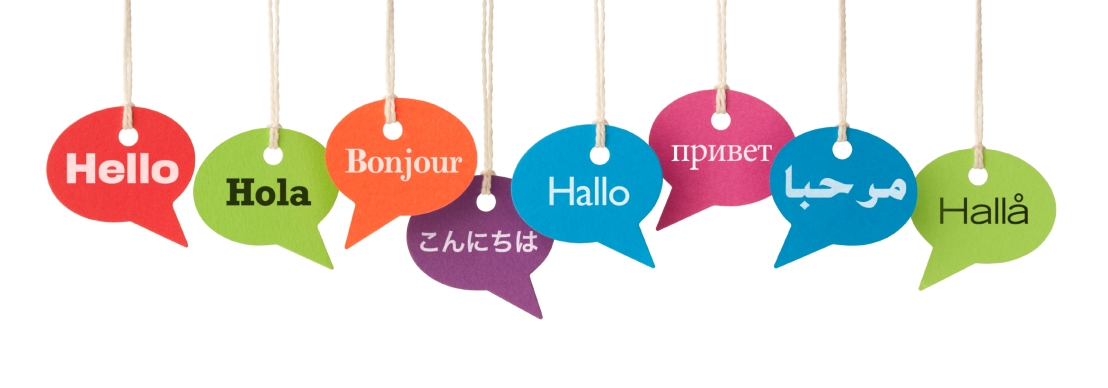
G’day mate! Australia has no official language, on contrary, Australians speak more than 200 languages with several different accents (border.gov.au, 2013). But if you are looking for a successful business it might be essential for you to practice English and some of Australian slangs before you arrive as it is considered as the national language and the spoken language in a business meeting (Abs.gov.au, 2017).
3. Religion and Belief

The Australian Constitution guarantees the religious freedom. More than 60 percent of Australia’s population are Christians, followed by 2.2 percent are Muslims, 1.3 percent are Hindus, 0.5 percent practices Judaism and 22 percent of Australians state that they have no religion (border.gov.au), 2013. It is easy to find prayer rooms or Mosques, Churches or temples nearby while you are in Australia (Nelson et al., 2012).
4. Political Beliefs
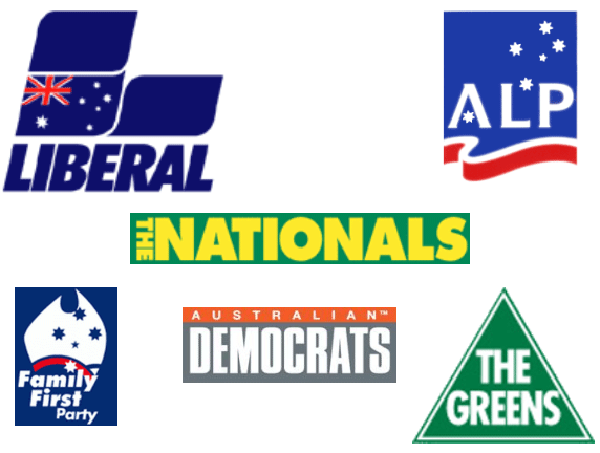
Do not panic if a barbeque party turns into a strong performance in political debate. The political system in Australia is federal parliamentary constitutional monarchy. All Australians are equal before law. They have the freedoms of speech and parliamentary democracy. Australians feel good when they talk about politics. In contrast, in a business meeting try to avoid talking about politics unless the Australian host do (Maddox, 2000).
5. Gender

Gender diversity and equality is one of the most important component of the Australians culture. It doesn’t practice any religious restriction, public interaction between different kind of genders is not limited. According to the Global Gender Gap Report 2015 , Australia’s gender gap ranks 36 among the world gender gap list, while, Saudi Arabia ranks 134 on the very same list, being the leader among gender inequality (Global Gender Gap Report, 2015). Women in Australia have taken managerial and leadership roles, and the best example of it can be Queen Elizabeth II. Therefore, if you are aiming for a successful business trip, you have to expect that you will meet a male, female or transgender manager, co-worker or even a bus driver.
6. Sexual Orientation
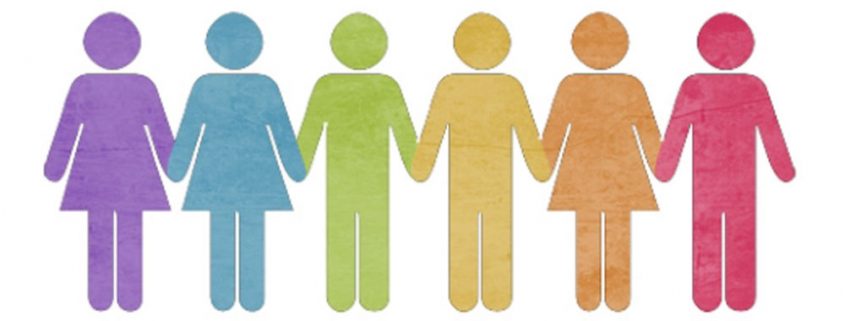
The fundamental human rights in Australia are equality and freedom from discrimination. The Australian Sex Discrimination Act 1984 was modified in 2014 to made Sexual discrimination against the law . However, lesbian, gay, bisexual, transgender people are still facing same kind of discrimination in workplaces, this discrimination in front of current Australian generation can go against you. For example, a study on Sexual orientation-based wage gaps in Australia, reports that lesbians earn premium wage of 0%-13% while gay men experienced negative wage gap of 8%- 18% (Wgea.gov.au, 2017).
7. Clothing
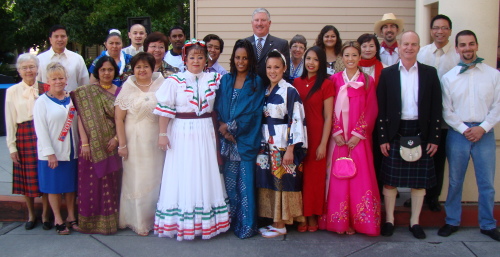
People in Australia are quite laid back, has no official national dress and normally wear western style clothes. Their traditions are much more influenced by the Britishers. Many workplaces in Australia hire people from diverse cultures. Therefore, headscarves (Hijab) for Muslims and Turbans for Sikh can be worn anytime. While in an official business meeting, Australians prefers dark suits, white shirts and a tie while women prefers smart dress or business suit which goes with the occasion. However, out of working hours you can wear anything, unless it create a safety hazard.
8. Food
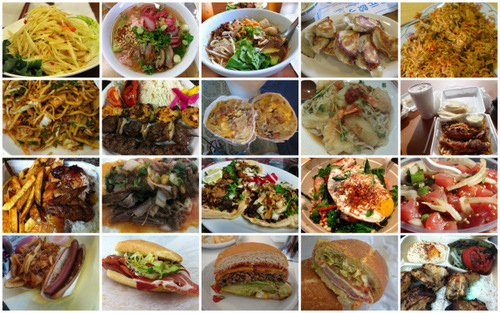
Are you a fan of Japanese Sushi, Chinese Hot Pot, Middle Eastern Falafel and Hummus, Turkish Doner Kebab, Italian Fettuccine, Brazilian Steak, American Hamburger or Indian Chicken Tikka Masala? Yes, you are lucky, you are in the right place. You will not face any difficulties in finding your favourite type of food in Australia. Expect a few beers with your colleagues and managers after a long working Friday at a local bar and if you don’t drink alcohol, ginger beer will be fine.
9. Physical Abilities

People with a limited physical abilities guarantee by law the equal rights of work, study, movement and much more (Humanrights.gov.au, 2017). For example, Australian government has equipped its public transportation network and street to be suitable for physically disabled and blind people to facilitate their life. Moreover, most of buildings are designed to serve both people with and without limited physical abilities.
References
Abs.gov.au. (2017). 1301.0 – Year Book Australia, 2006. [online] Available at: http://www.abs.gov.au/ausstats/abs@.nsf/0/D696154A0D5CBBE3CA2570DE0006ED55?opendocument [Accessed 2 May 2017].
Australian Political Parties in the 21st Century. (2011). [image] Available at: http://www.aec.gov.au/About_AEC/Publications/youth_study/youth_study_4/page02.htm [Accessed 27 Apr. 2017].
border.gov.au. (2013). The People of Australia. [online] Available at: https://www.border.gov.au/ReportsandPublications/Documents/research/people-australia-2013-statistics.pdf [Accessed 28 Apr. 2017].
Global Gender Gap Report 2015. (2015). Rankings. [online] Available at: http://reports.weforum.org/global-gender-gap-report-2015/rankings/ [Accessed 24 Apr. 2017].
Humanrights.gov.au. (2017). Know your rights: Disability discrimination | Australian Human Rights Commission. [online] Available at: https://www.humanrights.gov.au/know-your-rights-disability-discrimination [Accessed 27 Apr. 2017].
KARETI, S. (2016). How Important is the ‘Language’ You Use in Your Blog?. [image] Available at: http://www.amfastech.com/2014/07/how-important-is-language-you-use-in.html [Accessed 28 Apr. 2017].
Low, L., Anstey, K., Lackersteen, S., Camit, M., Harrison, F., Draper, B. and Brodaty, H. (2010). Recognition, Attitudes and Causal Beliefs regarding Dementia in Italian, Greek and Chinese Australians. Dementia and Geriatric Cognitive Disorders, Vol. 30, No.6, pp.499-508.
Maddox, G. (2000). Australian Democracy and the Compound Republic. Pacific Affairs, Vol. 73, No. 2, p.193.
Nelson, J., Possamai-Inesedy, A. and Dunn, K. (2012). Reinforcing substantive religious inequality: a critical analysis of submissions to the Review of Freedom of Religion and Belief in Australia Inquiry. Australian Journal of Social Issues, Vol. 47, No.3, pp.297-318.
REPORT IDENTIFIES BARRIERS TO DISABLED AUSTRALIANS PARTICIPATING IN SPORT. (2017). [image] Available at: http://www.ausleisure.com.au/news/report-identifies-barriers-to-disabled-australians-participating-in-sport/ [Accessed 6 May 2017].
Sah, P. (2016). Evidence shows science benefits from having researchers from both genders and a wide range of backgrounds. [image] Available at: http://theconversation.com/the-evidence-is-in-greater-gender-diversity-in-science-benefits-us-all-55643 [Accessed 25 Apr. 2017].
Sexual orientation, gender expression or gender identity discrimination at the work place. (2016). [image] Available at: https://www.wrongfulterminationsettlements.com/reasons/sexual-orientation/ [Accessed 28 Apr. 2017].
Wartick, J. (2011). Religious Pluralism: The Argument Assessed. [image] Available at: https://jwwartick.com/2011/02/05/rel-plur-assessed/ [Accessed 27 Apr. 2017].
Wgea.gov.au. (2017). Home. [online] Available at: https://www.wgea.gov.au/progress-australian-research/sexual-orientation-based-wage-gaps-australia [Accessed 2 May 2017].
Who are our migrants?. (2011). [image] Available at: http://blog.id.com.au/2011/population/australian-demographic-trends/australia-newest-migrants/attachment/who-are-our-migrants/ [Accessed 28 Apr. 2017].
Winston (2016). So, what kind of food do you like?. [image] Available at: https://winstonculc.wordpress.com/2016/06/13/2-the-challenge-of-managing-diverse-teams/ [Accessed 6 May 2017].
